Eric Hobswam famously stated that History is as important to (sectarianism) Nationalism as poppy is to an opium addict. The right wing is surging with great speed; its ideologues keep a matching pace to construct the history which suits their political agenda of exclusion of some and glorification of their past. In this direction medieval Indian history was the major one to be mauled by showing particularly that the medieval period of Indian history was an era of Islamic Imperialism and by projecting the Muslim Kings in bad light, which helped them create hate against today’s Muslims.
Even ancient Indian history, a golden period for them, was manipulated to show the Aryans, their ancestors were the indigenous people of this land. Coming to the freedom movement they first focused on Nehru, the colossus who articulated and practiced secularism in India. He was aware that practicing secularism in India is not easy as large sections of Indian society are in the grip of blind religiosity. He was the one to see the threat of majortarian (Hindu) communalism and equated it to fascism. He said minority communalism was at worst separatist. His mentor Gandhi, though murdered by the one who was trained by RSS and was working for Hindu Mahasabha, could not be demonized easily. Gandhi’s place in the global arena and in the heart of Indian people was at its peak.
Now as the communal right wing feels it is on firm feet, its ideologues are beginning the exercise of over projecting some of his shortcomings and undermining his contribution to freedom. This 30th January 2025 as the nation was paying tributes to the father of the nation many portals were relaying videos to propagate that Gandhi’s was just one of the efforts in India getting freedom. In various podcasts and social media channels they are propagating that Gandhi’s efforts had just a marginal effect on the British leaving India.
From the last few years glorification of Godse in the form of Twitter storms for ‘Mahatma Godse Amar Rahen’ (Long Live Godse) have been witnessed painfully. Ilk of Poonam Prasun Pandey have been enacting shooting of Gandhi’s effigy and then blood dripping from it have been a common site. Observing national mourning on 30th January by siren being sounded at 11 AM on 30 January for two minute silence has been muted. This year the Maharashtra state circular on two minute silence at 11 AM, did not mention even the name of Gandhi.
As we observed the Gandhi Martyrdom day on this 30th January many of these irritants flashed to our minds. He was given the honorific Mahatma by none other than Guru Ravindra Nath Tagore. It is propagated that Gandhi-Congress ignored Netaji Subhash Chandra bose. The fact is that Bose and Congress had some differences on strategy but the core agenda of freedom from British rule remained the same. It was Netaji who addressed Gandhi as ‘father of the Nation’. He also named one of his battalions of Azad Hind Fauz (Free India Army) as Gandhi battalion. It was Gandhi-Congress who fought the cases of prisoners of Fauz by forming a committee with top lawyers like Bhulabhai Desai, Kailashnath Katju and Jawaharlal Nehru.
Also the propaganda that Gandhi did not do anything to save Bhagat Singh’s hanging is being instilled into the social common sense. They hide the fact that it was Gandhi who wrote to Lord Irwin to cancel Bhagat Singh’s hanging. Irwin showed his inability to accept this request as all British officers in Punjab had threatened to resign if Gandhi’s request was accepted. Most interestingly Bhagat Singh requests his father Kishan Singh to support ‘General’ of the Freedom movement (Gandhi), which his father did by working for Congress.
The attempt to undermine Gandhi comes in the form of nitpicking the three major movements which Gandhi launched. The non cooperation movement of 1920 which was the first real attempt to involve the average people in the struggle against British, as per them was ineffective as it was withdrawn due to the Chauri Chaura incident, where the crowd had burnt to the police station killing many policemen. Also they allege that Gandhi’s support for Khilafat was demoralizing, as it related to supporting the restoration of the Ottoman Empire in Turkey. Let’s remember it was this move which brought in Muslims in large numbers into the vortex of popular anti British struggle. Also Mappila (Moplah) rebellion is supposed to have been an aggressive move by Muslims against Hindus. The fact is this rebellion was a rebellion of poor Muslim farmers against Janmis (Landlords, who were mostly Hindus), and the British authorities were protecting the interests of landlords.
As far as Civil disobedience of 1930 the counter is that it just led to Gandhi–Irwin Pact. This pact was a major step in furtherance of the pressure by Indian freedom Struggle. The accusation is that the Salt March did not lead to abolition of the salt tax which it aimed at. The fact is people could produce salt after this, its illegality was lifted.
As far as the 1942 ‘Do or Die’, ‘British Quit India’, it is true that as Gandhi and the major leaders of Congress were arrested; the movement did take a violent turn. The point is, it created a huge awareness about getting freedom from the British, it came as a culmination of the long process of creating mass consciousness which began picking up after the 1920’s Non Cooperation movement.
There is no denial that revolutionaries, Bhagat Singh and his likes, Subhash Bose’s Azad Hind Fauz and revolt of Naval ratings, were valuable add-ons to the whole process of rising consciousness among people towards longing for freedom and cementing the bonds of Indian-ness. Gandhi’s contribution is monumental as it created the fraternity, Indian-ness among the people. As Surendranath Bannerjee very aptly described it as “India: nation in the making”.
These were twin aspects of the freedom movement. One was to struggle against the British and two to ‘build a Nation: India’ through this. Gandhi understood that bringing people together is the core of the process of getting freedom. A Recent flourishing attempt by Right wing communalists totally ignores the process of people, masses waking up and constituting India, as a nation. This was the greatest endeavor for which Gandhi is really the ‘Father of the Nation’.


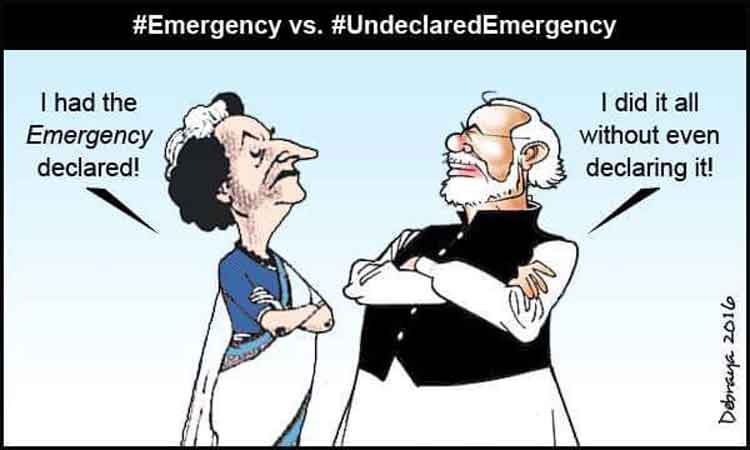
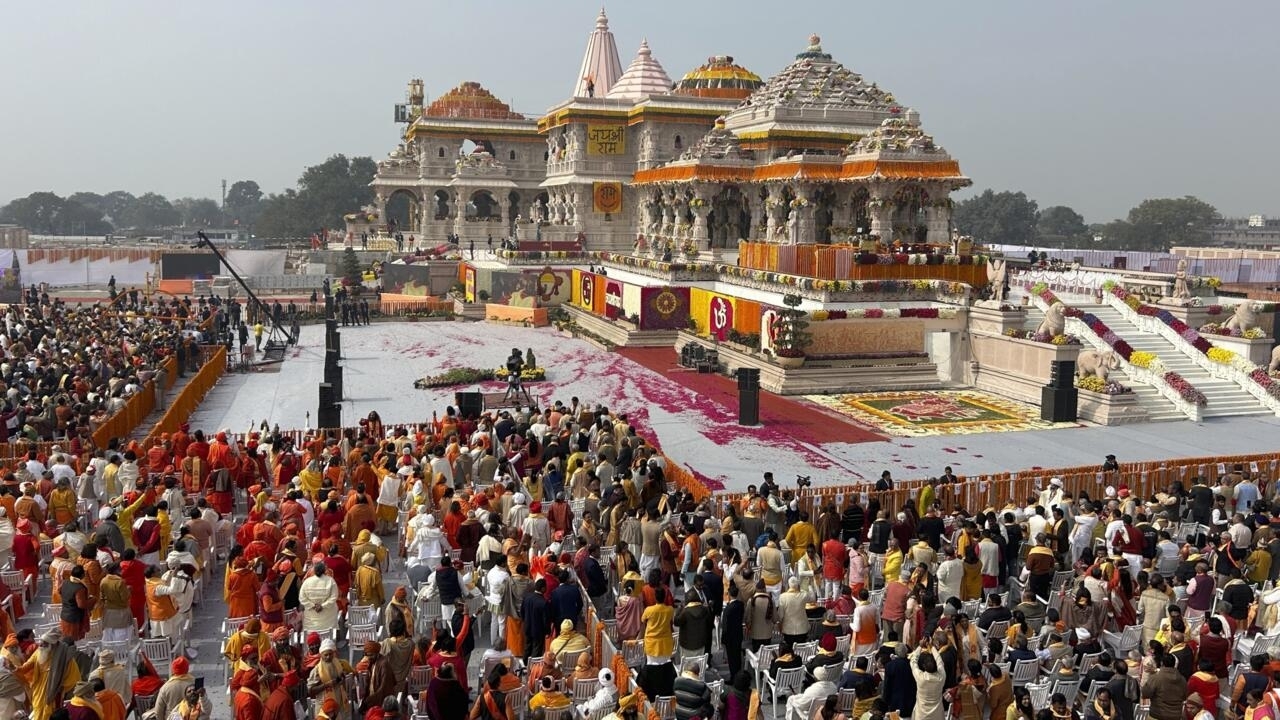 How did colonialism affect South Asia in particular? South Asia was predominantly a feudal society, ruled by the landlord-kings legitimized by the clergy. The British succeeded in colonizing most parts of South Asia, the Indian subcontinent in particular. Their primary focus was on plundering its wealth and creating markets for the goods being produced in England. It had to lay the structure of a colonial state in which transport, education and foundations of modern administration were laid down. Incidentally, they also supported the eradication of some of the ghastly practices like sati. For other reforms, the likes of Jotirao Phule, Savitribai Phule, B R Ambedkar and Mahatma Gandhi moved the mountains to bring in reforms and cultural changes.
How did colonialism affect South Asia in particular? South Asia was predominantly a feudal society, ruled by the landlord-kings legitimized by the clergy. The British succeeded in colonizing most parts of South Asia, the Indian subcontinent in particular. Their primary focus was on plundering its wealth and creating markets for the goods being produced in England. It had to lay the structure of a colonial state in which transport, education and foundations of modern administration were laid down. Incidentally, they also supported the eradication of some of the ghastly practices like sati. For other reforms, the likes of Jotirao Phule, Savitribai Phule, B R Ambedkar and Mahatma Gandhi moved the mountains to bring in reforms and cultural changes.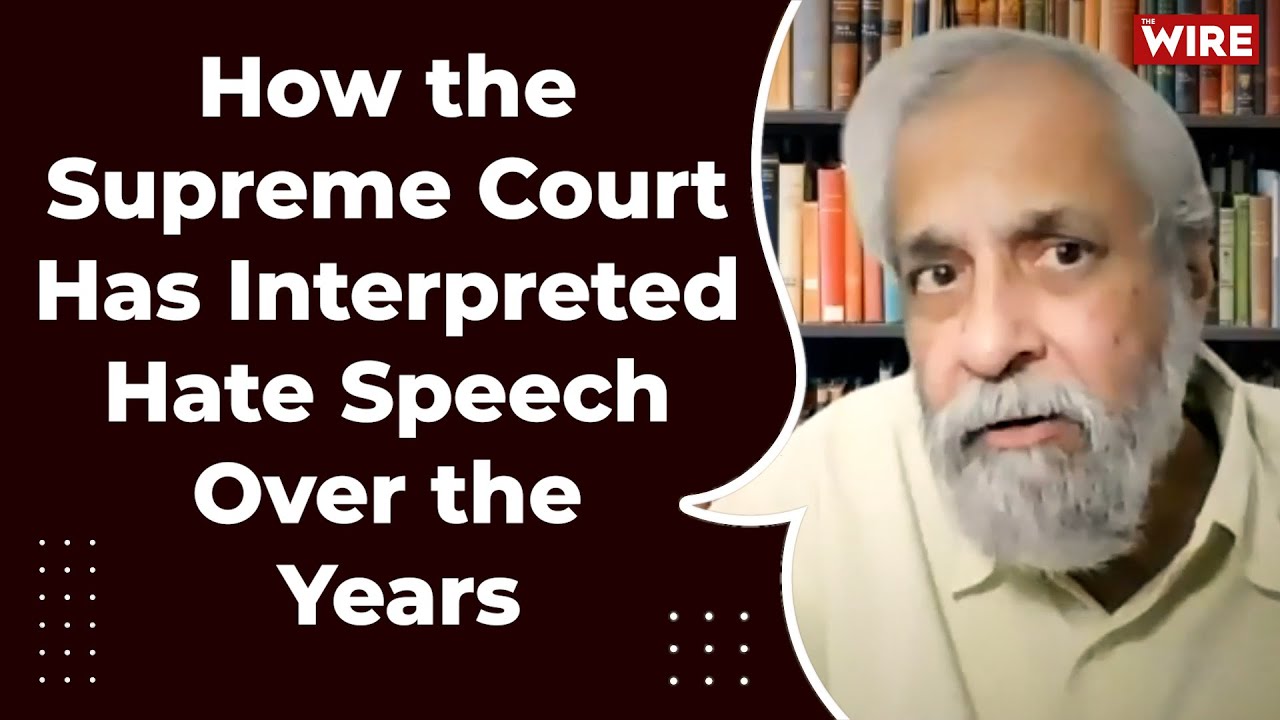
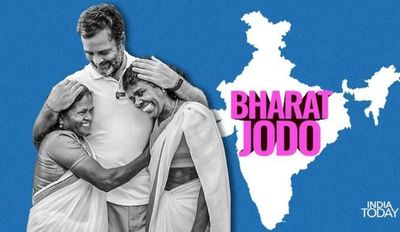 India became a secular nation with the emphasis on caste-gender equality. The kingdoms where the kings ruled with the ‘divine authority’ were replaced by colonial period in India. During the plunder by colonial rulers there were other changes also which led to social changes. Introduction of transport, communication, modern education and modern administration provided the ground for changes in caste and gender equations and promoting the unity among different religious communities. Those who were the bearers of feudal mindset kept themselves aloof from this process of ‘nation making’. They helped British in their policy of ‘divide and rule’, leading to the tragic partition and the biggest ever mass migration in the sub-continent.
India became a secular nation with the emphasis on caste-gender equality. The kingdoms where the kings ruled with the ‘divine authority’ were replaced by colonial period in India. During the plunder by colonial rulers there were other changes also which led to social changes. Introduction of transport, communication, modern education and modern administration provided the ground for changes in caste and gender equations and promoting the unity among different religious communities. Those who were the bearers of feudal mindset kept themselves aloof from this process of ‘nation making’. They helped British in their policy of ‘divide and rule’, leading to the tragic partition and the biggest ever mass migration in the sub-continent.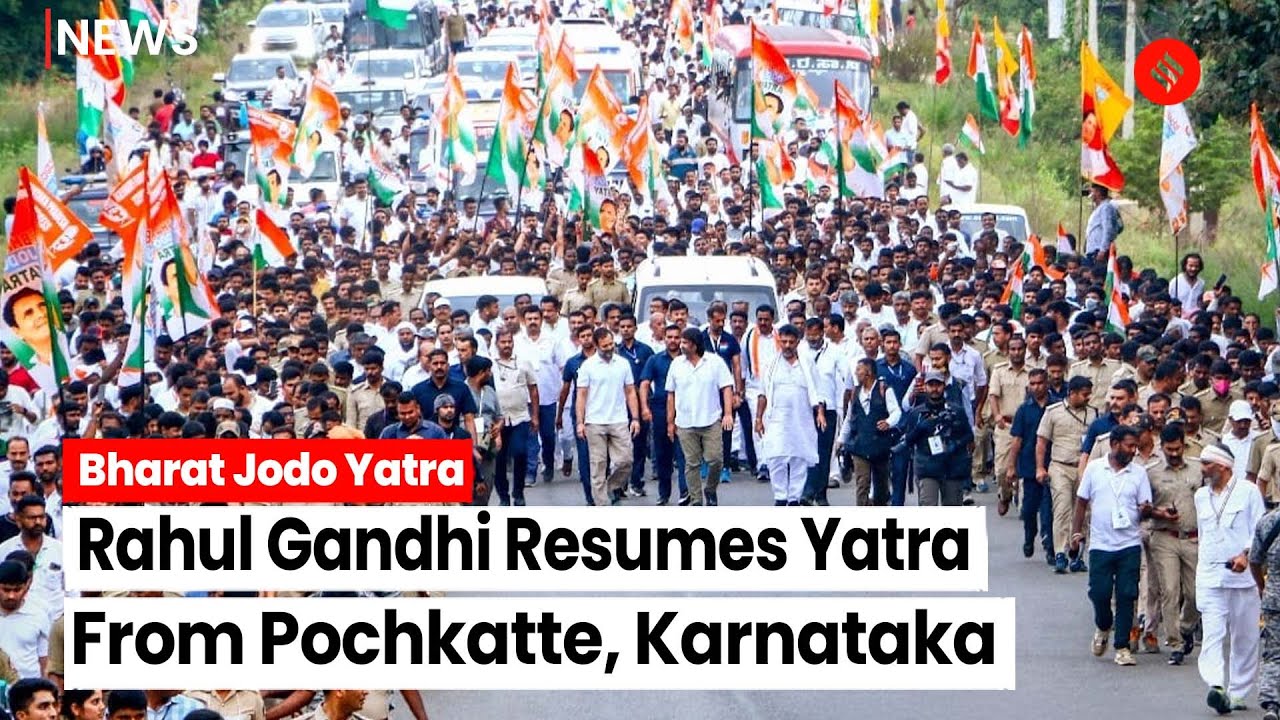 Another welcome part of Yatra is the pro active response of these social groups and many political parties to affirm the values of pluralism, diversity and democracy. There are many jarring parts of the yatra also. The route which it is has mapped so far seems to have lesser representation of Muslim majority areas. While we stand to criticize the fundamentalist elements of Muslim leadership, we need to connect to average Muslims (and Christians) who have been the major victims of the sectarian politics. Ridiculing Rahul Gandhi for marching with the little girl with Hijab was deliberately played up by the communal forces for sure. Yatra needs to stand up to associate with the religious minorities, emulating the Father of the Nation.
Another welcome part of Yatra is the pro active response of these social groups and many political parties to affirm the values of pluralism, diversity and democracy. There are many jarring parts of the yatra also. The route which it is has mapped so far seems to have lesser representation of Muslim majority areas. While we stand to criticize the fundamentalist elements of Muslim leadership, we need to connect to average Muslims (and Christians) who have been the major victims of the sectarian politics. Ridiculing Rahul Gandhi for marching with the little girl with Hijab was deliberately played up by the communal forces for sure. Yatra needs to stand up to associate with the religious minorities, emulating the Father of the Nation.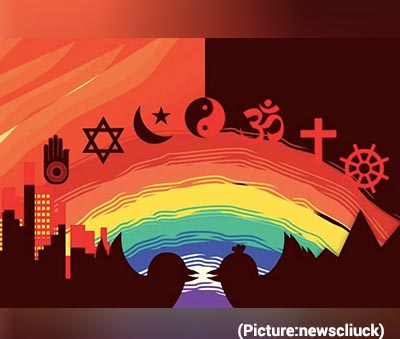 During the colonial period, divisive tendencies in the name of religion reared their head due to the British policy of divide and rule. The elite sections of society initiated and encouraged these tendencies. However, they were overshadowed by the integrative and all-inclusive freedom movement. It is here that the magical interpretation of Hinduism by Gandhi succeeded in mobilising people of all religions within the single thread of Indian nationalism. The charisma of Gandhi’s movements left a deep impression on people of all faiths. People recited shlokas from the Gita and verses from the Koran and the Bible in his prayer meetings.
During the colonial period, divisive tendencies in the name of religion reared their head due to the British policy of divide and rule. The elite sections of society initiated and encouraged these tendencies. However, they were overshadowed by the integrative and all-inclusive freedom movement. It is here that the magical interpretation of Hinduism by Gandhi succeeded in mobilising people of all religions within the single thread of Indian nationalism. The charisma of Gandhi’s movements left a deep impression on people of all faiths. People recited shlokas from the Gita and verses from the Koran and the Bible in his prayer meetings. As far as his differences with Congress party (INC) are concerned they related more to means to be employed for getting Independence. He was twice President of INC. The difference came up mainly in the wake of Second World War when Congress under the leadership of Mahatma Gandhi planned a nationwide agitation; ‘Quit India Movement’. Bose at this point of time wanted to make the British quit by allying with Germany and Japan who were Britain’s enemy countries. The majority of Congress Central committee was with Gandhi’s proposal and leaders like Patel and Nehru totally opposed the strategy proposed by Bose.
As far as his differences with Congress party (INC) are concerned they related more to means to be employed for getting Independence. He was twice President of INC. The difference came up mainly in the wake of Second World War when Congress under the leadership of Mahatma Gandhi planned a nationwide agitation; ‘Quit India Movement’. Bose at this point of time wanted to make the British quit by allying with Germany and Japan who were Britain’s enemy countries. The majority of Congress Central committee was with Gandhi’s proposal and leaders like Patel and Nehru totally opposed the strategy proposed by Bose. Bhima Koregaon incidence took place in 2019, 1st July. As thousands of dalits were returning after paying homage to dalits who lost their life in battle against Peshwa army in 1818, they were attacked. This battle had taken place between the Peshwa Baji Rao’s upper caste army against the East India Company’s army constituted mainly by Mahar community. Mahars saw it as a defeat of casteist forces and celebrated the victory, a victory pole was erected and annually dalits started visiting the place as a mark of defeat of Brahmanical forces. Babasaheb Ambedkar also visited the place in 1928. It became an ideological identity booster for the dalit community.
Bhima Koregaon incidence took place in 2019, 1st July. As thousands of dalits were returning after paying homage to dalits who lost their life in battle against Peshwa army in 1818, they were attacked. This battle had taken place between the Peshwa Baji Rao’s upper caste army against the East India Company’s army constituted mainly by Mahar community. Mahars saw it as a defeat of casteist forces and celebrated the victory, a victory pole was erected and annually dalits started visiting the place as a mark of defeat of Brahmanical forces. Babasaheb Ambedkar also visited the place in 1928. It became an ideological identity booster for the dalit community.